Koi Pond Filters: What Are They And How Do They Work?
Koi are one of, if not the most popular fish to keep in a garden pond. While beautiful, Koi are messy fish and require huge filtration systems to live long and happy lives. This is where Koi pond filters come in, but what are these filters, and how exactly do they work? Let's take a look...
What are Koi filters?
Koi pond filters are large filters specially designed for, you guessed it, Koi ponds. Koi ponds require a big filtration system that can keep up with the huge amount of waste that Koi fish produce. There are several different types of Koi filters, but they all provide a substantial amount of mechanical filtration and biological filtration.
How do Koi filters work?
Just like other pond filters, Koi filters work by filtering fish waste, debris, and other decomposing matter from your pond water using a process that involves both mechanical and biological filtration. First, waste is trapped by large amounts of mechanical and biological filter media. It’s then broken down by colonies of beneficial bacteria that convert toxic compounds, like ammonia and nitrite, into less harmful substances, like nitrate.
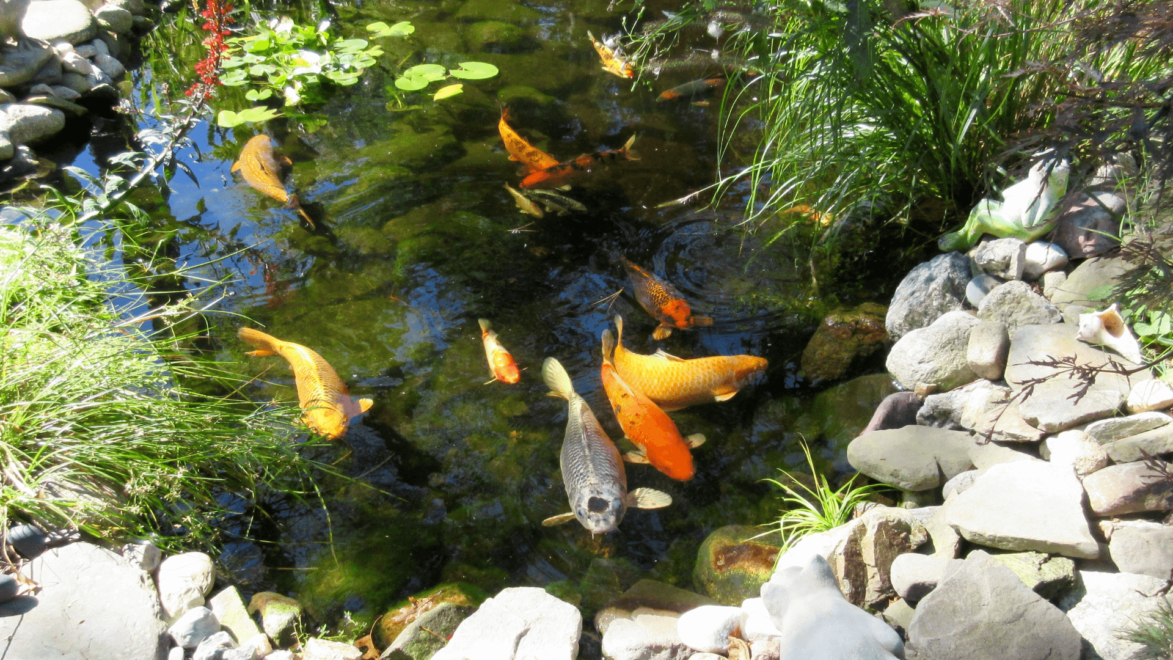
Unlike other pond filters, however, Koi pond filters typically have rotating, perforated drums that separate out large waste solids from pond water before it comes into contact with mechanical and biological filter media. These drums are kept clean by a spray bar/jet that blasts away any trapped waste solids. While they do help clean your pond water, a drum on its own won’t filter your Koi pond.
Another way in which Koi filters differ from regular pond filters is that they often keep specialised filter media, like K+ media, in constant suspension. This increases the frequency of water-media interactions, boosting the filter’s filtration capacity. Again, this is great for garden ponds full of messy Koi fish.
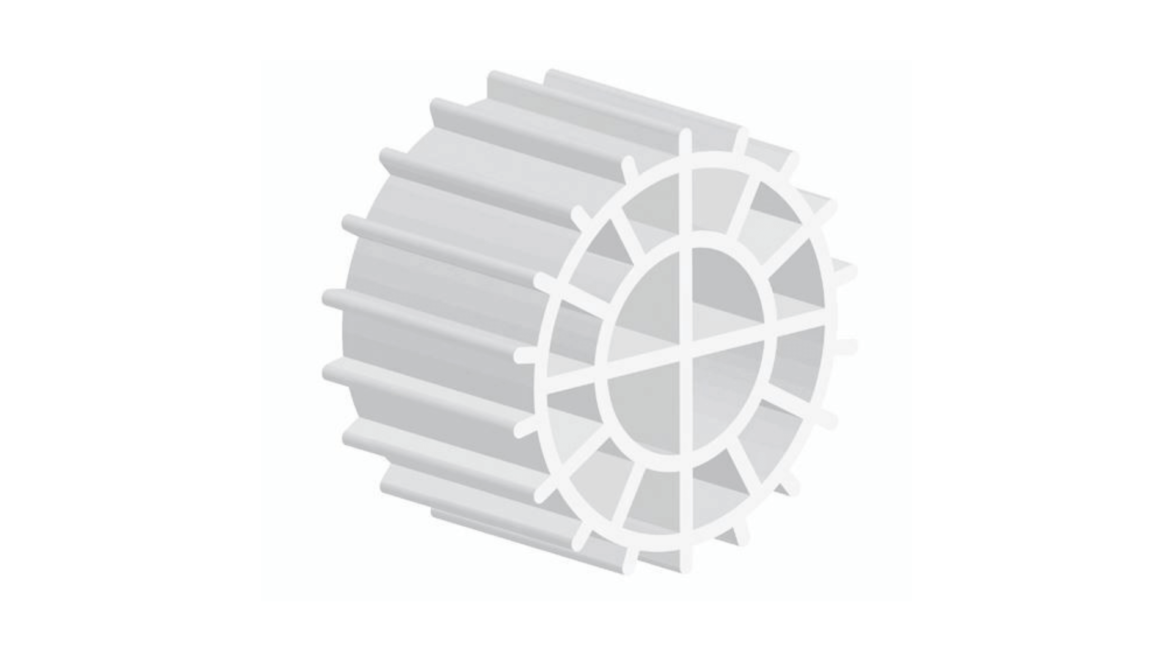
What are the different types of Koi filters?
There are several different types of Koi filters, but they all fall into two broad categories: gravity-fed Koi filters and pump-fed Koi filters.
The former are the most popular choice amongst Koi keepers. These filtration systems are fed by a bottom drain that needs to be installed under a pond area in a concrete base during construction. They rely on the force of gravity to move water and waste solids through this bottom drain and into a large filter unit.
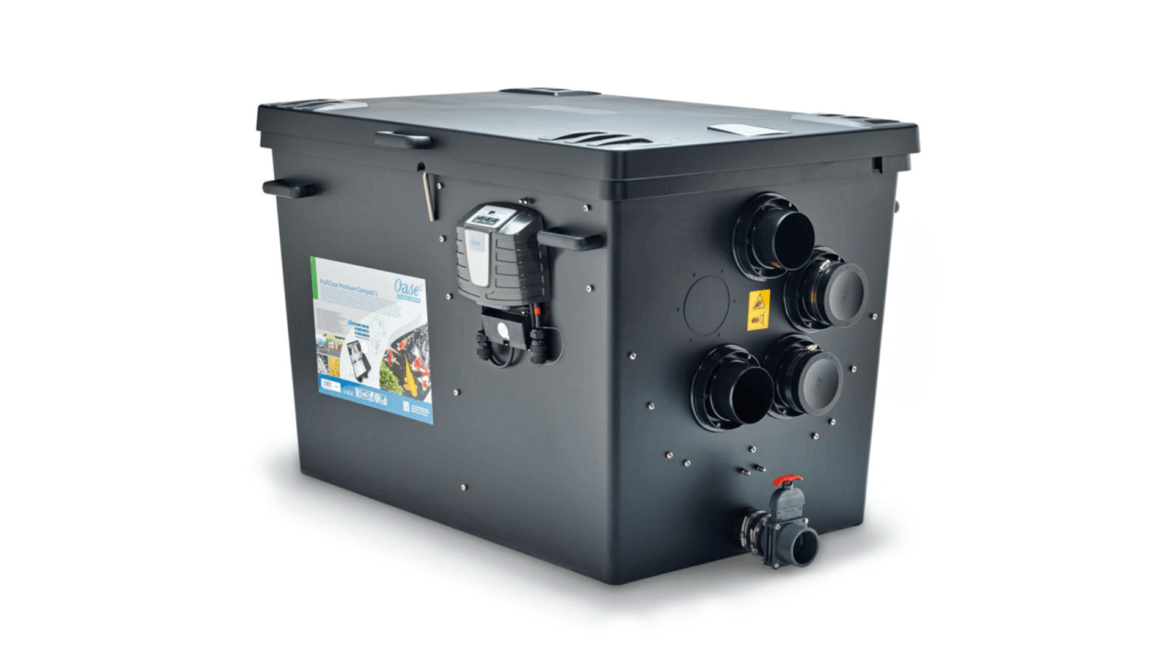
The latter, on the other hand, rely on a pond pump to function properly. This can be an internal or external pump. These types of Koi filters aren’t quite as popular, but they work great in more natural-looking Koi ponds that haven’t been built with a concrete base and lots of intricate underground plumbing.
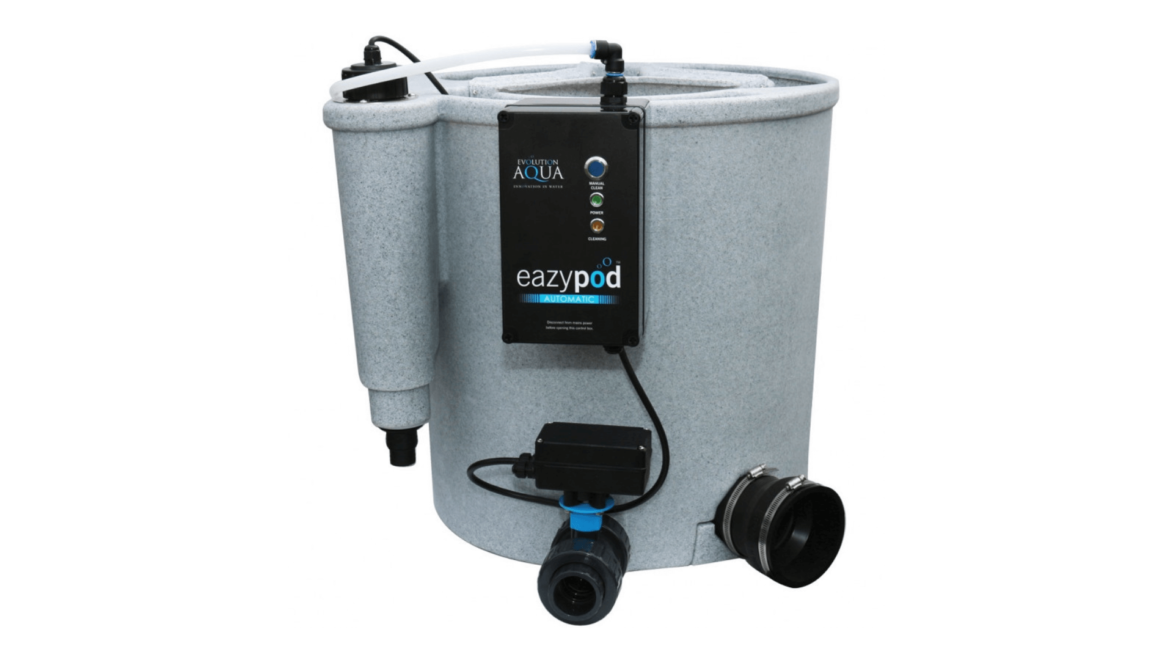
What are the benefits of Koi filters?
They may be beautiful fish, but Koi fish make one hell of a mess. Any excess waste produced by your Koi fish can very quickly pollute your water and, if left unchecked, cause deadly ammonia spikes.
Koi filters are specially designed to process such large amounts of waste, and it’s for this reason that they’re the number one choice for Koi keepers who keep very expensive Koi fish. By keeping pond water immaculate, Koi pond filters also create the kind of healthy environment that’s conducive to rapid growth. For those keeping Koi, a large, beautiful fish is their pride and joy and something they can show off at Koi clubs and Koi shows.
When partnered with a quality UV light, a Koi pond filter can eliminate any dangerous pathogens, viruses, and bacteria that may harm your Koi fish. A UV light will also stop algal blooms in their tracks, ensuring your Koi pond isn’t taken over by unsightly green water. A lot of Koi pond filters come with UV lighting built in, like Evolution Aqua’s EazyPod Complete Automatic, but for those that don’t you can pick up an external UV clarifier that can be easily plumbed into your filtration system.
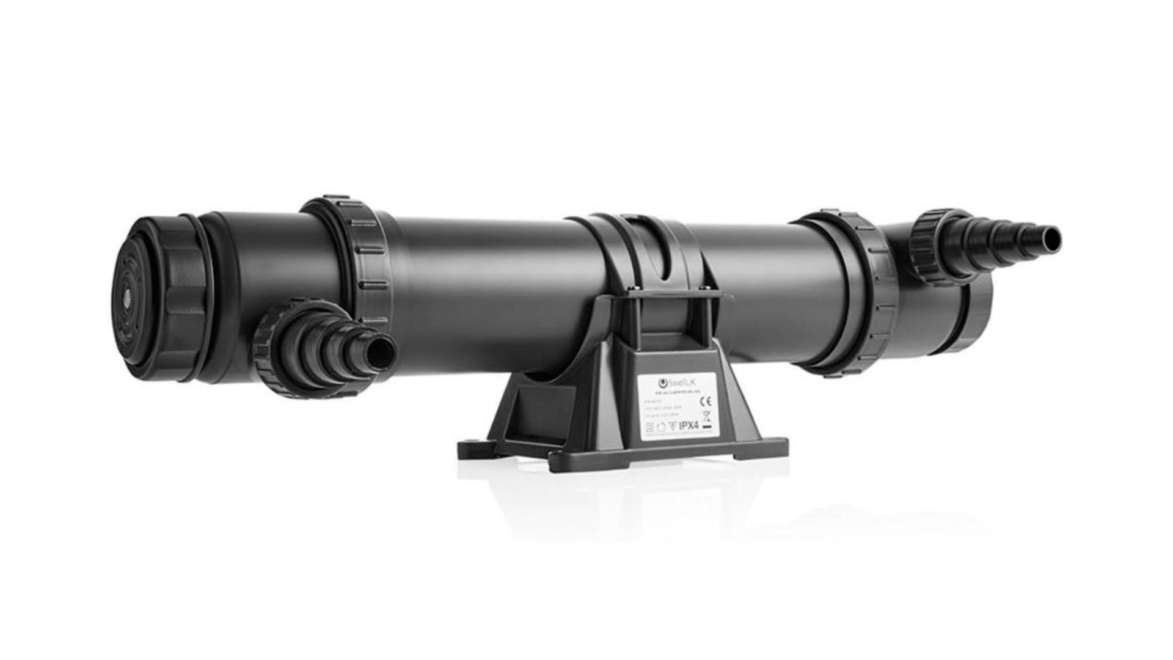
Another benefit of Koi pond filters over regular pond filters is that they can handle larger waste solids, thanks to their rotating perforated drums. These drums can be quite high-tech, with sensors triggering automatic cleaning cycles that keep them clean and clear of debris. This is great for Koi keepers who like to spend more time looking at their Koi fish than mucking out their filter.
Can Koi filters be used with other pond fish?
Yes, Koi pond filters can be used with Koi fish and many other popular types of pond fish, including goldfish, golden orfe, sterlet and sturgeon! Their biggest selling point is the fact that they can handle large amounts of fish waste, so they can be realistically used on any kind of heavily stocked garden pond, including special ponds like ornamental ponds full of colourful fish and vibrant aquatic plants.
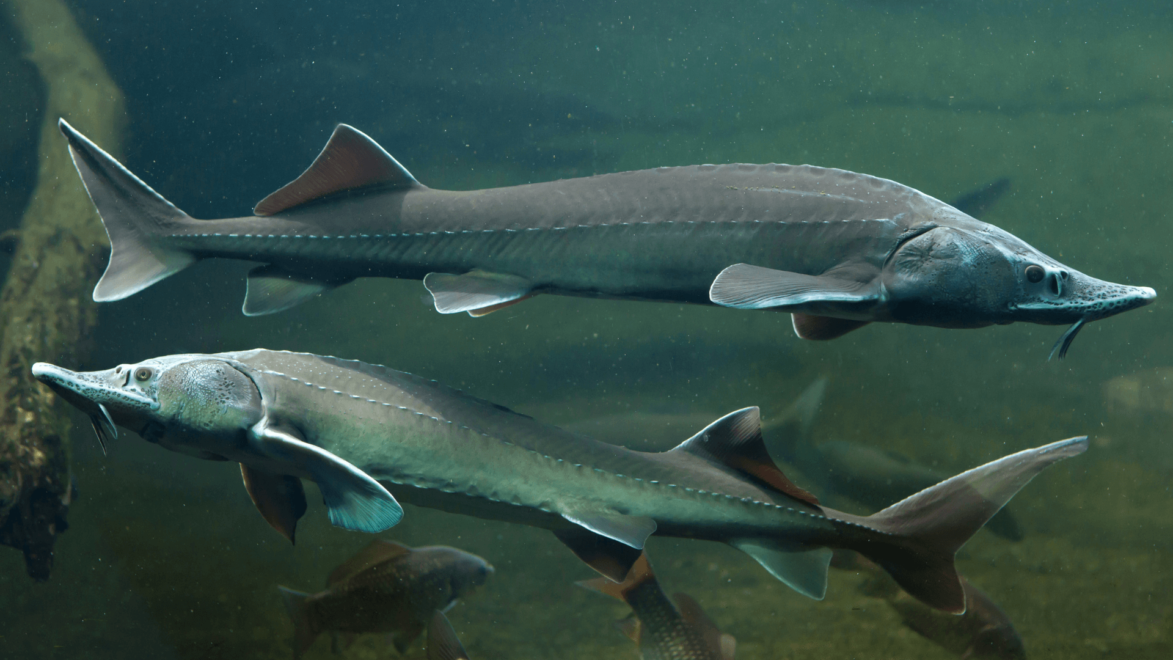
What size Koi filter do I need for my pond?
The answer to this question varies depending on a number of different factors. The first and most important factor is the volume of your pond – a Koi pond filter needs to be able to support the total volume of your pond, and then some. It’s always a good idea to opt for a filter that’s ‘too big’ rather than too small. If your filter can’t handle the waste produced by your Koi fish, then they’ll struggle to grow and, over time, could develop some serious health problems.
Another factor to consider is the type of Koi pond filter you’re planning to get. A gravity-fed Koi pond filter will require the construction of a bottom drain underneath your garden pond, while a pump-fed Koi pond filter will require a pond pump with a suitable flow rate and max head height. Make sure you take these factors into account before you purchase your Koi pond filter, as they’ll almost certainly dictate what model is most suitable for your pond.
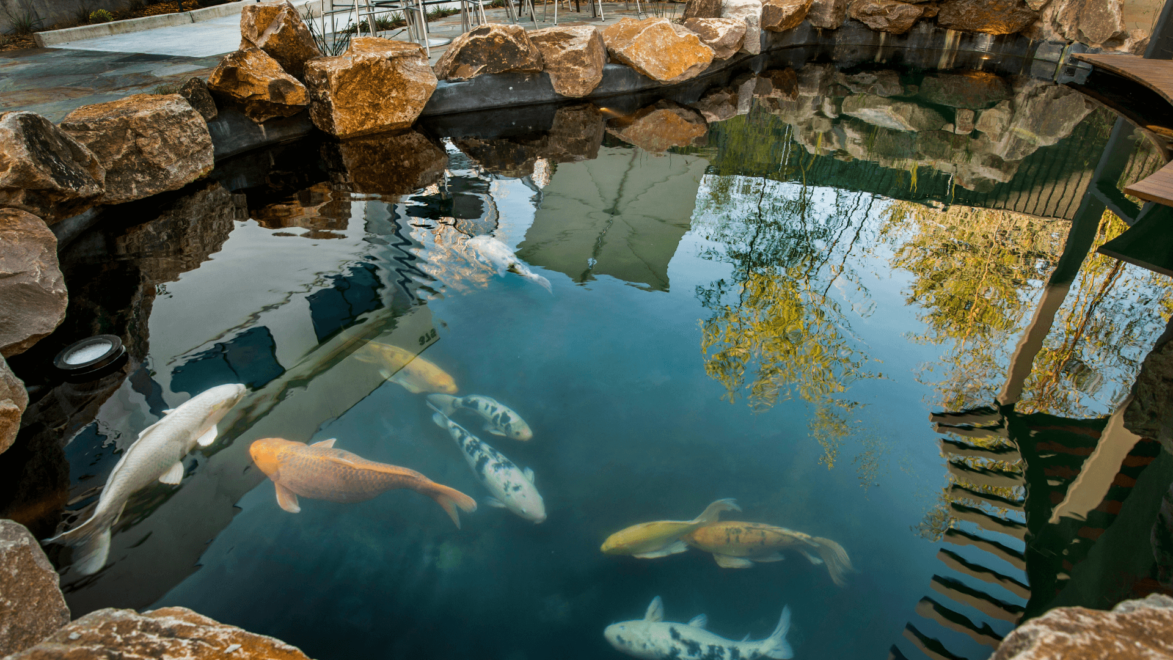
What pond pump do I need for a Koi filter?
There are many different types of pond pumps out there, but the best for supplying Koi pond filters with a consistent supply of pond water are solids-handling pond pumps. These pond pumps are great at dealing with waste solids and can be easily cleaned thanks to their detachable strainer cages. We stock a wide range of solids-handling pond pumps, all available in different sizes to suit different sized ponds.
There’s a lot of information here to get you started, but for more advice and tips be sure to read our useful pond help guides and those from other reputable outlet, like the Royal Horticultural Society. Also, check out our range of other garden pond essentials, such as pond pumps, pond liners, pond fish food, pond treatments, and pond plants.




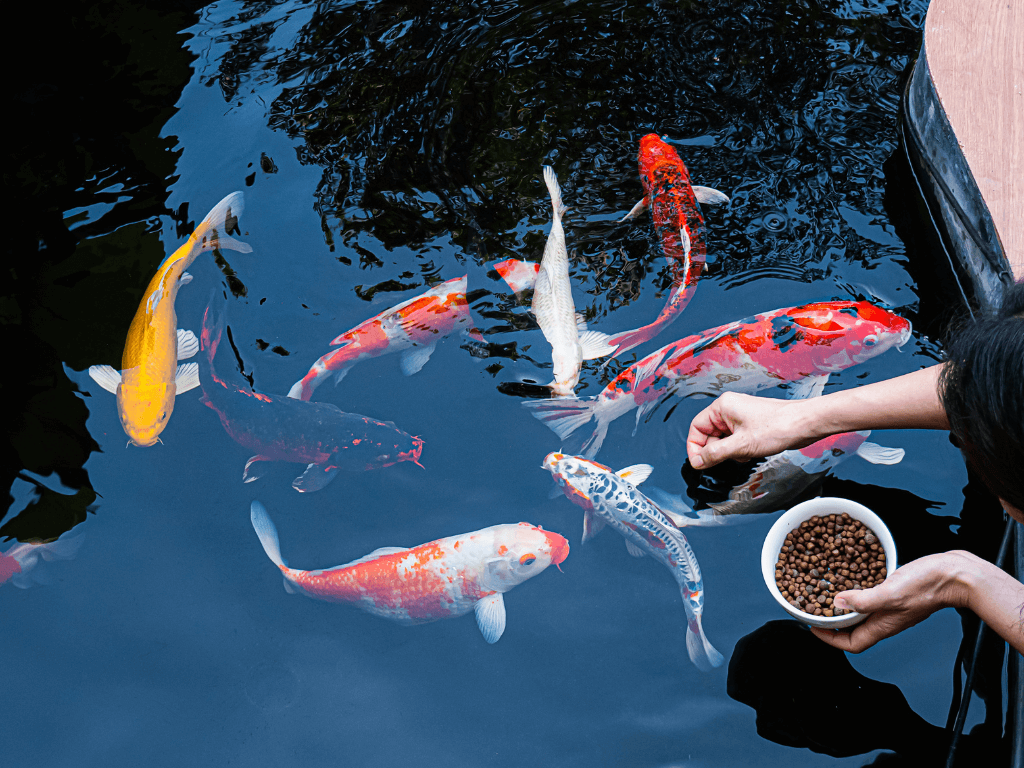
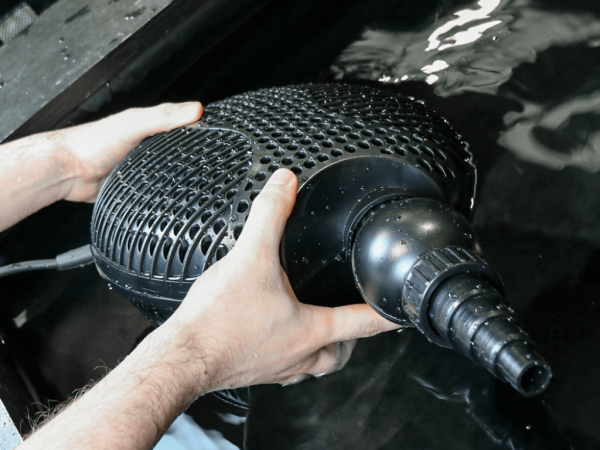
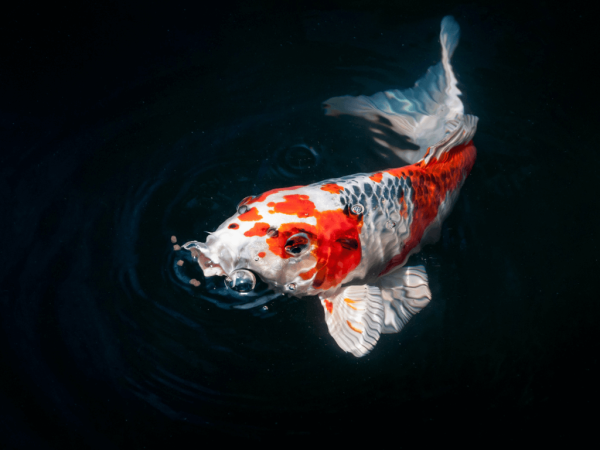
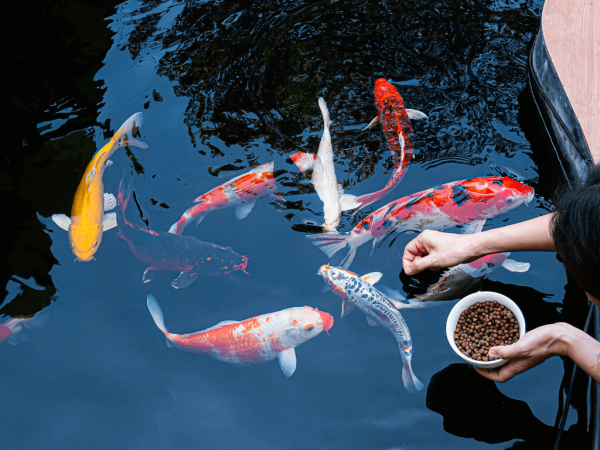
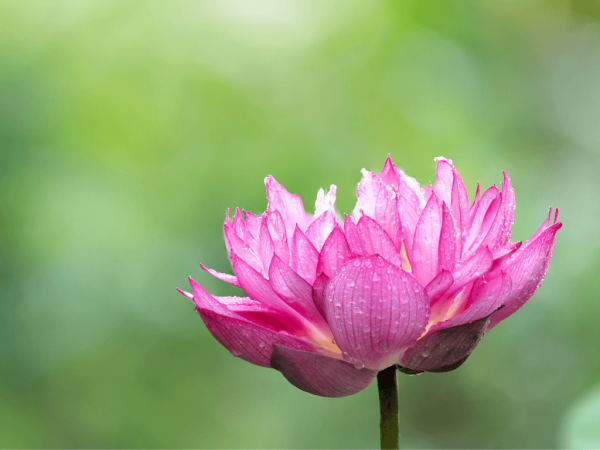
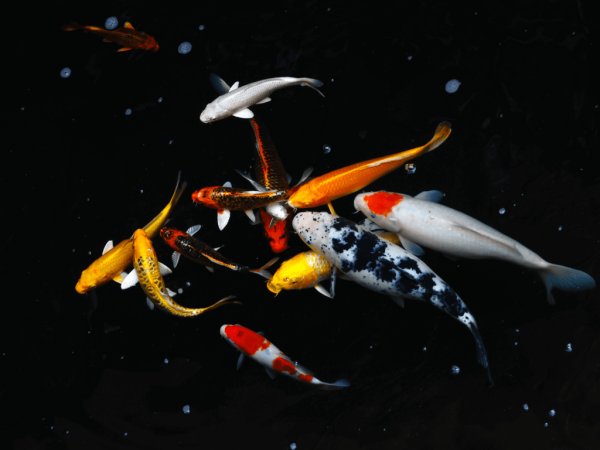
Would appreciate any advice you might have.
Sincerely
The best way to get rid of algae in ponds is with an algae treatment. We stock a wide range at Swell, from affordable and natural remedies like barley straw bales, to high-tech UV clarifiers.
There are few better solutions to fixing pond algae problems than a quality UV clarifier. If you already have a filtration system these are easy to plumb in and will clear up many problem varieties of algae - particularly green water.
Regarding fish, it's a double-edged sword. There are some varieties that will eat a lot of algae - like Grass Carp - but as with all fish they produce waste. If you don't have a filtration system that can handle this waste, nutrients will increase in your water column and promote the growth of algae.
In short - to keep algae at bay you'll need a quality filtration system and some treatments that you can add to your pond whenever algae problems get particularly bad. Hope that helps!